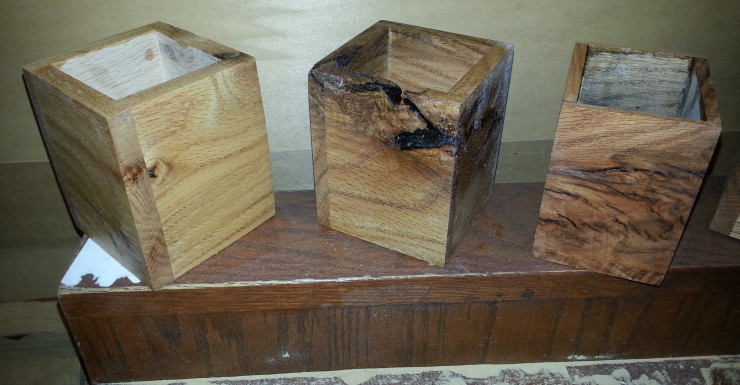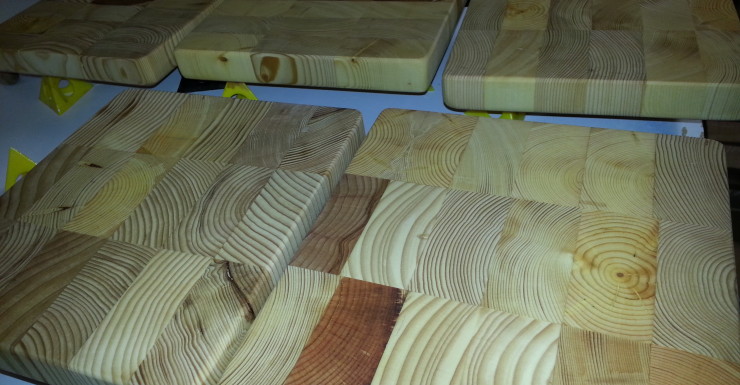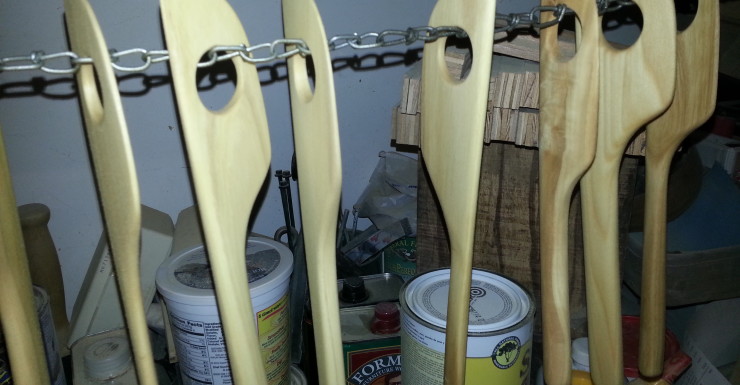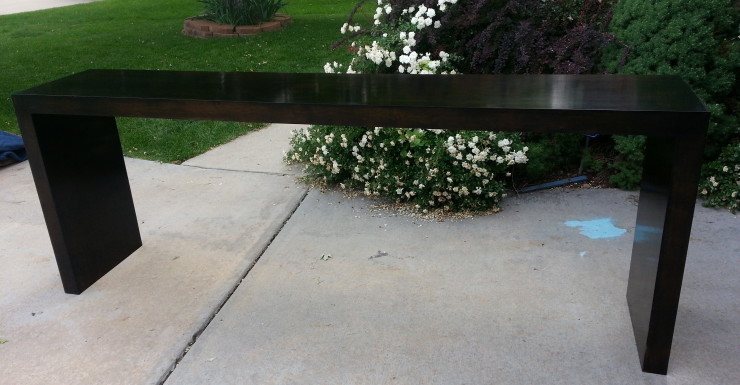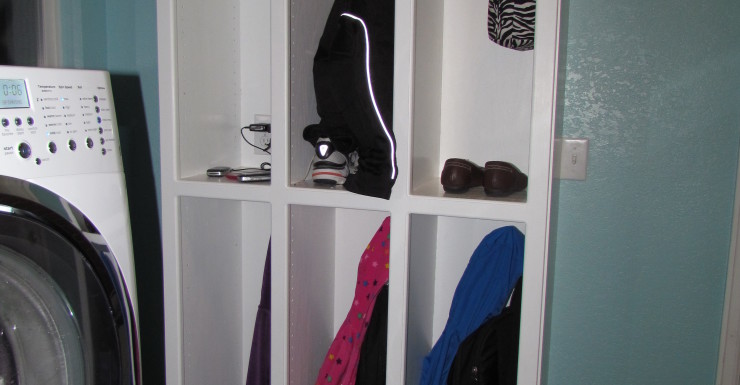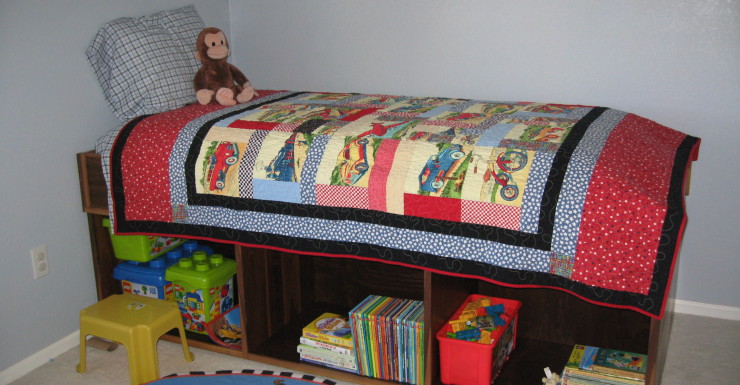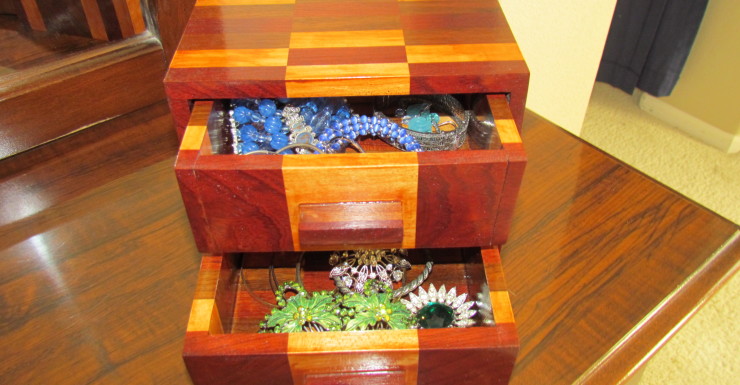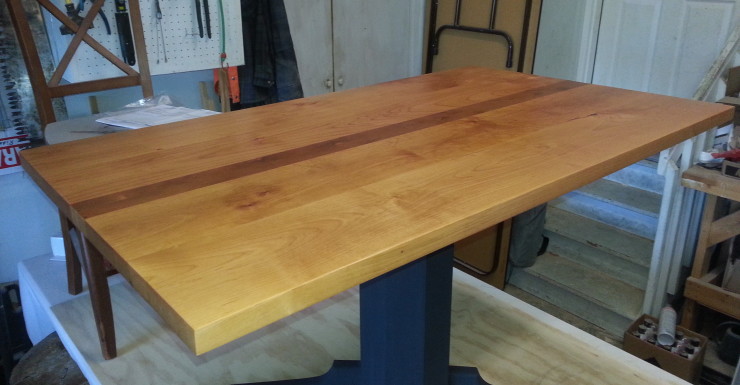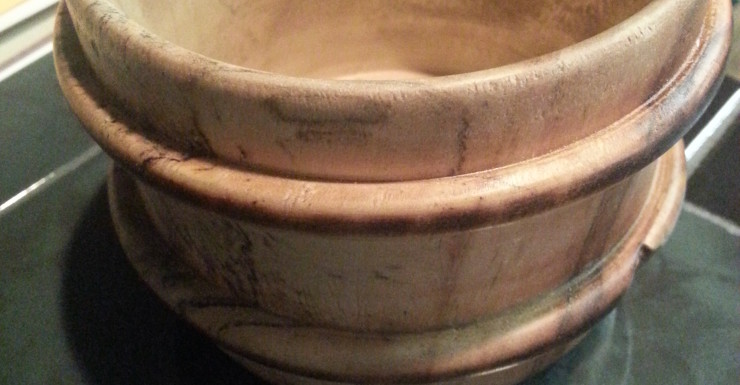So you have a piece of furniture that is in disrepair. Everyone you know starts telling you “Oh! You should restore that!” or “How are you refinishing that?” Same thing, right? Wrong!
One of the most common mistakes people make when dealing with furniture in need of TLC is interchanging restore and refinish. What’s the difference, you ask? I’m so glad you did! Pull up a chair and let’s talk.
Restoring
This is, in the most basic of terms, a good cleaning, and simple cosmetic repairs. The goal of a restoration is to maintain the structural integrity of the piece, along with its outer appearance. The larger picture of a restoration is to help the piece retain its value.
As you may or may not know – there are some pieces out there that are either really old, or done by very important and famous designers, rendering them into the PRICELESS category – think of a piece such as those that are on display at Mount Vernon, or Historic Williamsburg – those pieces crafted by hand, that are centuries old. There are also those that are made by sought after designers, such as Stickley.
Should you happen to be in possession of your great-great-great-great-grandmother’s Hope Chest, or bedstead – it is a prime candidate for a restoration.
During a restoration, you (or an expert, should you go the delegator route), should focus solely on removing the build-up of oils and dirt that time has deposited. A gentle and light cleaning – soft cloths with elbow grease and mild solutions that won’t ruin any joints that have been done using hide glue, or any fabric that may be on the piece. In this instance, less is definitely more! Take your time, go slowly and gingerly, especially if there are loose pieces or anything wobbly at all. We don’t want to actually remove any of the finish that may be there – just the dirt!
Once your piece is cleaned and dry – remember to let it air dry for several hours up to overnight, depending upon the humidity in your neck of the woods – you can proceed with some minor repairs. Any repairs you make should be ONLY to maintain the integrity of the structure. If there’s a leg that has fallen off or is loose – fix it using the most appropriate way. This may mean using dowels or wedges, square nails, or finding a good glue. Keep in mind that those craftsmen from the previous centuries didn’t have the same tools and materials we do now. Pegs, dowels, wedges, dovetails, square nails, hide glue would have been the go-tos for the majority of woodworkers. Look at other joints to determine the best course of action.
Once everything has been secured, you can move along to the cosmetics. Resist the urge to strip the piece!!! Do NOT try to fix those dings and dents and scratches! These are the memories of the piece – all it’s happy times of being used to serve a meal, or comfort a child or hold a wardrobe, or hold the mirror that reflected the face of your ancestor as they readied themselves for their day. The next step is the finish – most antique pieces used either shellac or varnish, both of which can be “softened”, or emulsified with the proper solution. Doing this will allow any surface marks to be softened, if not removed entirely, as well as allowing for a good surface for a new coat of the same finish type. DO NOT, under any circumstances, sand a piece, or use a different finish. Polyurethane, lacquer, and oils will diminish the value if they were not the original finish type.
Your piece, once restored, will still retain its age and value, but will be safe and protected enough to sit proudly in your home and, in many cases, still be used.
Refinishing
When you think of refinishing a piece, think of taking down to bare wood – no finish or stain, no paint. Stripping agents, sanding, scraping are all a part of this process. The idea here is to remove any signs of damage, or age and original finishes.
The first step in most refinishing is determining what type of finish you have. There are different solutions one can use to determine the finish – denatured alcohol, and acetone are the best. These can all be found at your local Home Improvement store as well as woodworking stores (acetone can be found at your beauty supply stores as well!). Test an inconspicuous place by putting a small amount of the solvent on a cotton swab or shop towel and rub gently in the direction of the grain. If the surface becomes tacky, you have a winner! Acetone will soften shellac and varnish, and completely dissolve lacquer. If it’s a polyurethane finish, it will bead up. If you’ve got varnish – you can remove it with acetone on a cloth, and a good heavy pair of gloves. To determine if you’ve got shellac or varnish, use the denatured alcohol – if the finish softens when the alcohol is applied, you’ve got shellac and can proceed using a fine grit sandpaper wet with the denatured alcohol.
Use of chemical agents to dissolve paints can make the job quicker, but are often messy and smelly, and well, toxic to you. Use only with great caution and follow the manufacturer’s instructions regarding ventilation, protective gear and tools. If you prefer to go chemical-free, be prepared with a mask, a good sander and variety of grits of sandpaper. Start with 100 or 120 and work your way up in grits until the paint is removed and surface is smooth.
At this point – you’re ready to do all the repairs and apply your new finish. Repairs can be made in the most durable and available way – but keep in mind it is best to maintain consistency in joinery and hardware used. Don’t sink a roofing nail on the outside of a leg that had a mortise and tenon!
Current products can be used – find a good wood glue, and screws designed for your piece. Reattach those hinges and drawer runners with the screws you can find at your local place.
Once your piece is clean of any previous finishes and repaired, the sky is the limit for refinishing. After you’ve refinished the piece, your piece will live on happily in your house until you decide to refinish it again!

